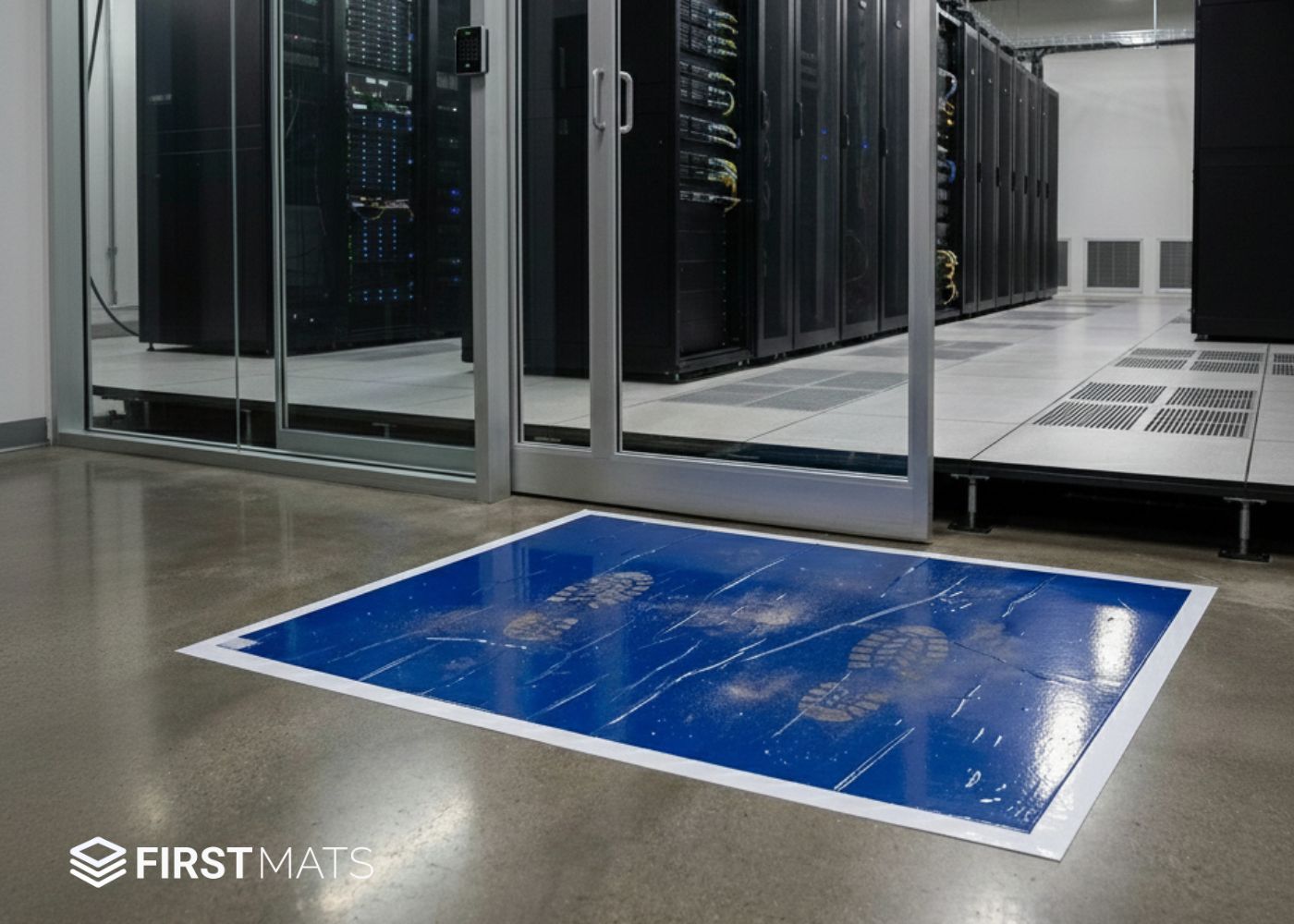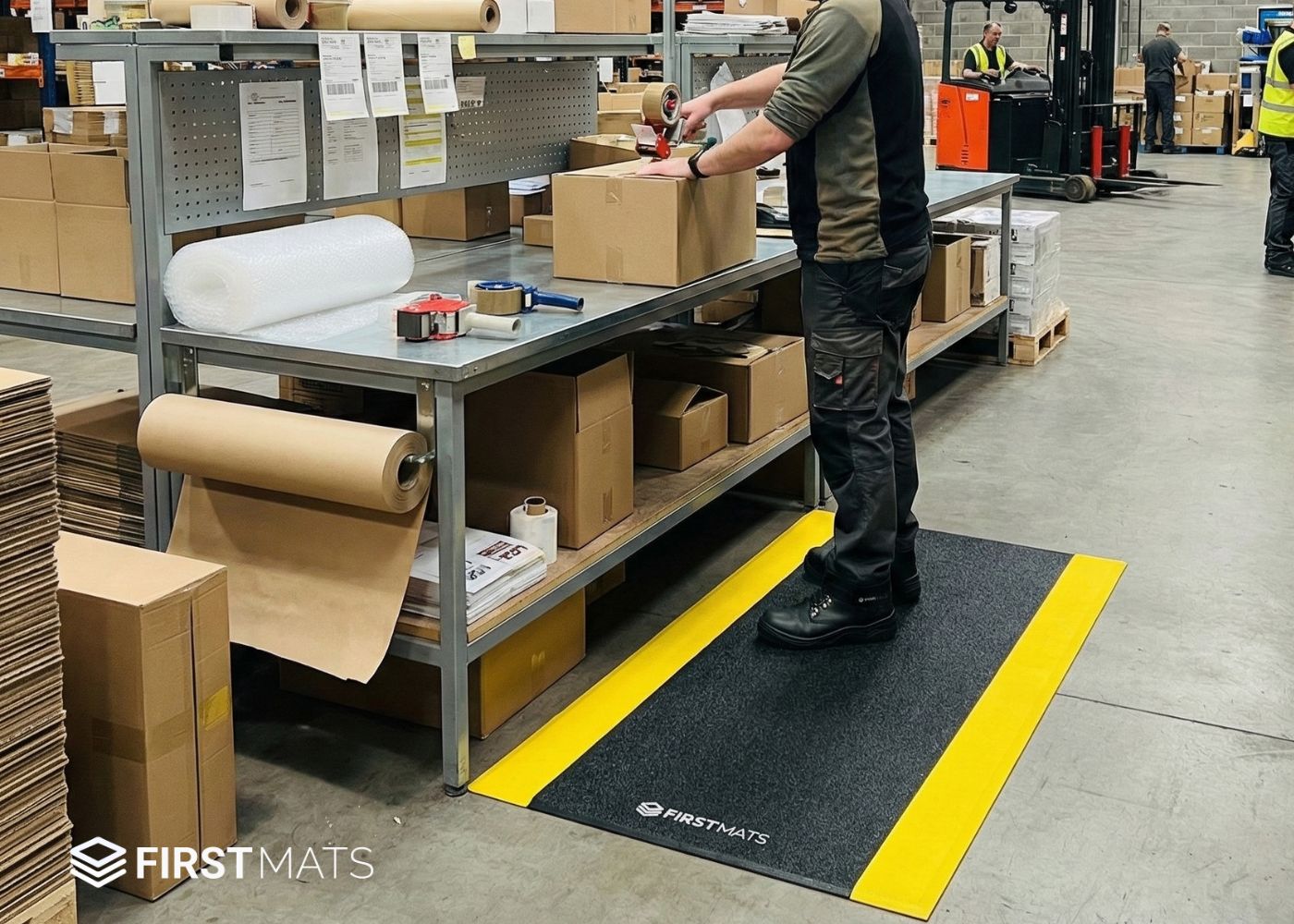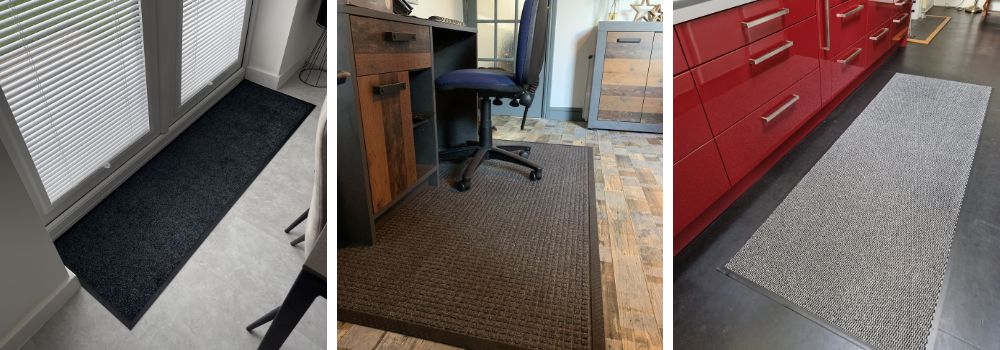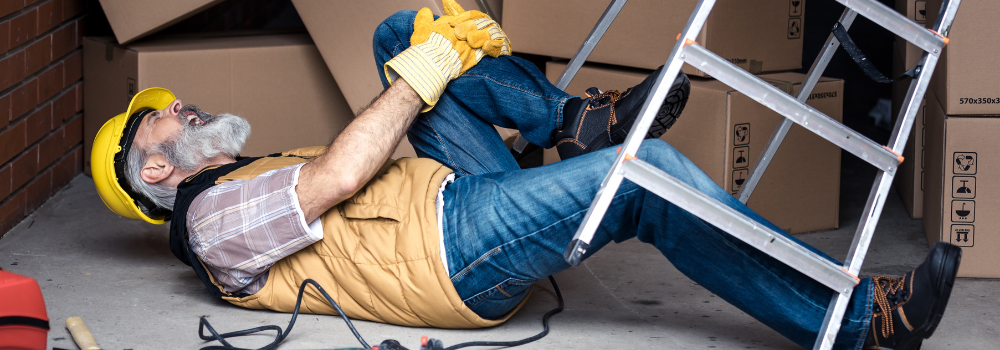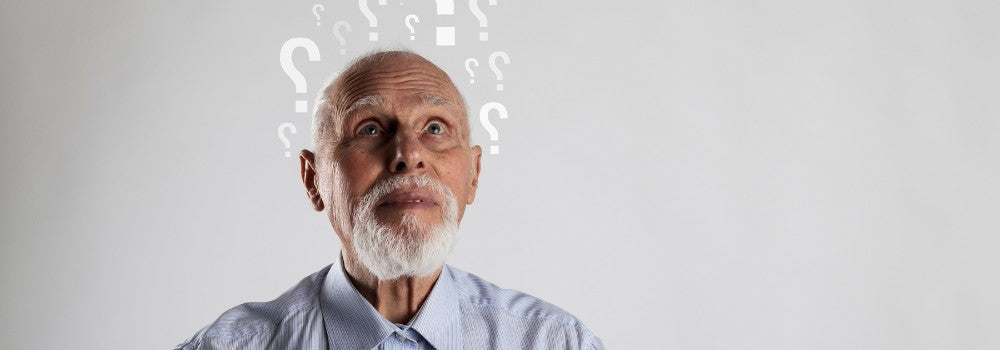Top 10 Uses for Rubber Matting
Rubber is one of the world's most versatile substances; you can find it everywhere, from tyres to mechanical seals, hosepipes to conveyor belts, windscreen wipers to wellies. It’s so widely used because it is flexible, waterproof, hardwearing and resistant to oil and chemical damage.
As you can imagine, these properties lend themselves exceptionally well to the world of matting and flooring, and so here are our top ten uses for rubber floor matting:
1) Stable Matting
Horse and livestock owners love to use rubber stable matting as it provides a significant layer of insulation from cold and damp concrete flooring, provides a little bit of cushioning, which can be good for animal joints, is easy to clean and reduces the amount of straw bedding needed – saving money in the long run.
2) Anti-Fatigue Matting

Anti-Fatigue Mats are far more comfortable to stand on than bare concrete floor, and the softer material encourages better blood flow by making the leg muscles work without the user even being aware.
This helps reduce fatigue and the likelihood of muscle and joint pains in the legs and back. Don’t just take our word for it. Independent studies show that these mats make a huge difference: 75% of businesses using anti-fatigue matting found an overall improvement in well-being, 44% saw a positive effect on productivity 23% noted a reduction in absenteeism.
Using rubber for this mat is a much better alternative to the standard foam types – rubber can be easily washed, installed in wet/damp areas and is tougher and more hard-wearing.
3) Swarf Mats
Are you working in a manufacturing, food processing or another industrial environment? You absolutely need swarf matting. Swarf mats are designed to collect and retain all kinds of small debris (swarf), including metal, plastic and wood shavings.

This keeps your site looking clean and tidy, and, more importantly, it reduces the chances of staff slipping and falling.
Rubber is ideal for this kind of matting – the rugged and durable material can scrape and trap swarf more efficiently, and metal or sharper swarf can be dealt with efficiently.
Rubber swarf mats also have anti-fatigue properties – making them an excellent two-for-one option for your factory or workshop.
4) Gym Mats
When your members are lifting heavy weights, the last thing they want to think about is their grip on the floor. Rubber matting is great in this environment – it's comfortable and provides good traction, absorbing shock from impacts, reducing noise and protecting your floor. It’s also super easy to install – lay it in place without nails or glue, and rubber matting can be moved/removed as the needs of your space change.

Keeping the gym looking good is also simple – give the rubber a light scrubbing with some detergent, and it is as good as new. All in all, rubber gym matting should be as much a part of your gym set-up as weights and treadmills.
5) Outdoor Door Mats
Outdoor door mats need to be tough and hard-wearing, give good grip and be weather-proof, so using rubber is the obvious choice.
If you’ve got a high-traffic doorway or a shop front, rubber matting can give good traction to visitors and staff and is tough enough to scrape debris, mud or snow from shoes, meaning that the inside of your premises can be kept clean and slip-free.
6) Walkways and Decking
Walkways and decking around the home can benefit greatly from non-slip matting, helping to improve safety in all weather conditions. For garden paths, patios, and other outdoor walkways, rubber flooring provides excellent traction while being highly durable, so it won’t need frequent replacement even in high-footfall areas.
When it comes to decking, materials like composite decking boards can help reduce slipperiness, but in wet or wintry conditions, a rubber mat can offer extra grip, making it safer to walk on. Rubber matting is also waterproof and easy to clean, so whether it’s rainwater on a garden path, muddy footprints on the patio, or a spilled drink during a barbecue, it can be quickly wiped down without lasting marks.
Many rubber mats are designed with drainage holes, making them particularly effective in areas prone to moisture—perfect for decking that gets slippery after rain, steps leading to the garden, or even doorways where people might track in water from outside.
7) Work Surfaces and Worktops
Workshops, factories and manufacturing sites can benefit from using industrial matting as a worktop liner. A thin (usually 3mm or 6mm) layer of rubber on the worktop or lining a drawer will help to protect the surface, reduce noise and prevent tools, components and fixings from slipping or rolling away.
The fine ribbing frequently used on this type of rubber matting is also comfortable for users to lean on, and of course, it can be easily cleaned down post-shift.
8) Commercial Kitchens
Food debris is inevitable in a professional kitchen, whether it is a stray piece of lettuce, a tomato off-cut, spilt water/sauce or even a dropped tray full of food. There are apparent slip and trip hazards here, but there is also the risk of unseen debris rotting, smelling and attracting pests.
A good, purpose-built rubber matting solution can negate all of these issues. Drainage, moisture control, swarf and anti-fatigue properties are all critical in this environment. The rubber’s easy-clean nature makes it a no-brainer for your professional kitchen floor.
Some rubber kitchen matting is also finished with an antibacterial surface, further inhibiting the growth of potentially hazardous microbes. Using oil/grease-resistant nitrile rubber matting means grease splatters and cooking oil spills are no problem.

9) Bar Areas
Busy bar areas are subject to frequent spills and have staff standing on their feet for prolonged periods.
Using rubber matting is the perfect antidote to both of these issues – a rubber mat with holes in can provide great drainage and also soften impacts to reduce breakages. At the same time, it’s more comfortable for staff to stand on, it's non-slip, and it is easier to clean down after closing time.
10) Playgrounds
Outdoor playground matting should be designed with one thing in mind: Child safety. Whether it's a single mat to go under a swing or slide, or ground mats to cover an entire play area, the main purpose is to protect children from injury. Any matting in this environment should be rated to British and European standards for critical falls (the biggest height a child can fall from and have the mat absorb the impact) and for slip resistance.
Rubber matting excels in both of these aspects, meaning that with the right rubber mat, the risk of serious injury can be much reduced.
Other Common Uses
Beyond the ten most common uses mentioned above, rubber matting lends itself to a wide range of other applications. Many people like to use rubber as anti-vibration matting, either under equipment or for improved acoustics at home. Placing rubber mats on a floor is a great way to soften the impact and reduce the noise from footsteps.
Thanks to its naturally high-traction surface, it makes an ideal flooring liner for vehicles such as Conestoga trailers, known for their sliding tarp systems, or HGVs with vinyl side panels. The non-slip surface helps keep cargo secure during transit, reducing the risk of damage from shifting loads. It also shields the trailer floor from moisture, dirt, and heavy impacts, helping to prolong its lifespan.





